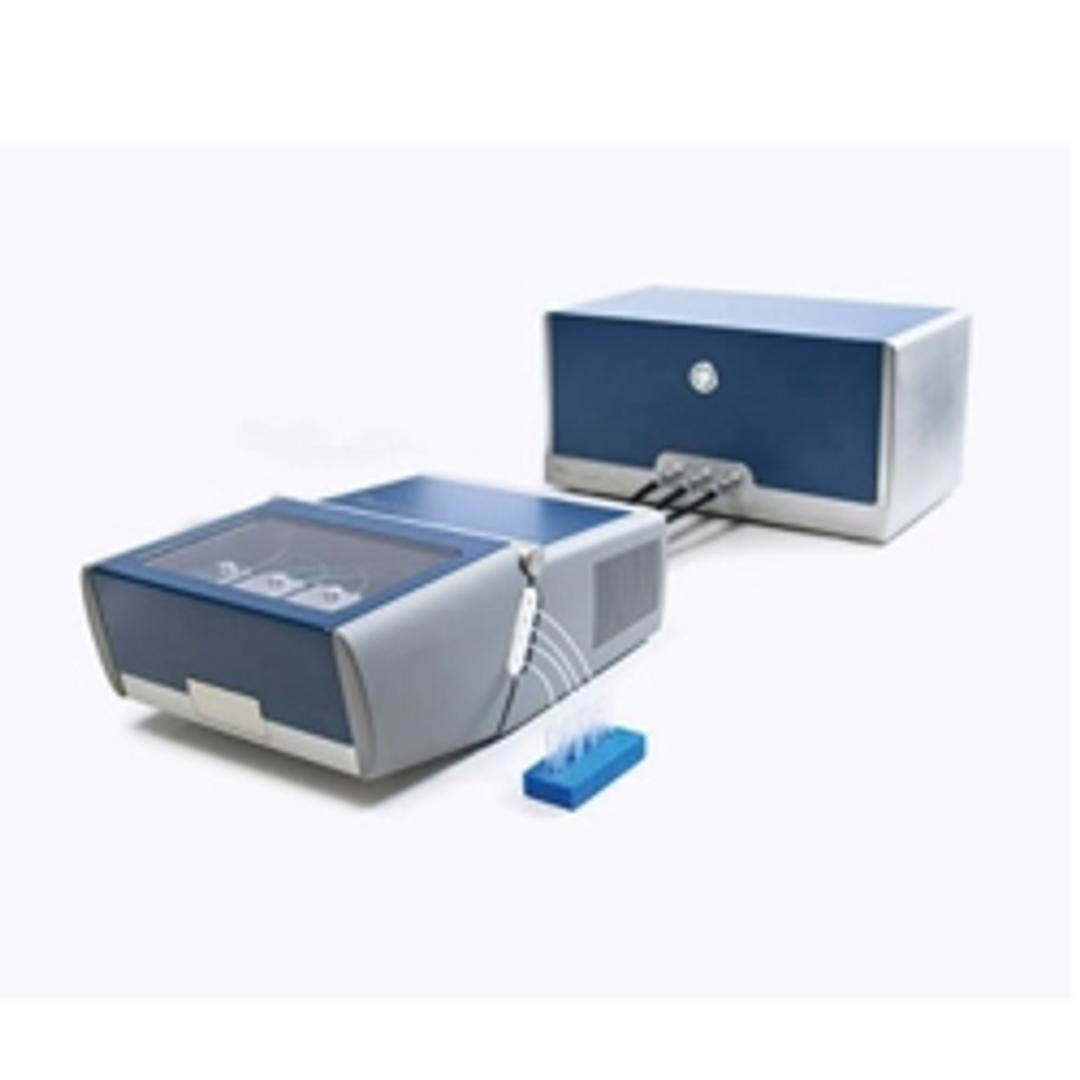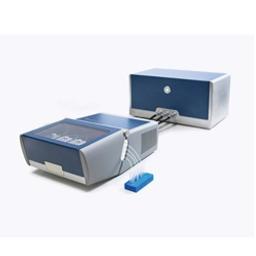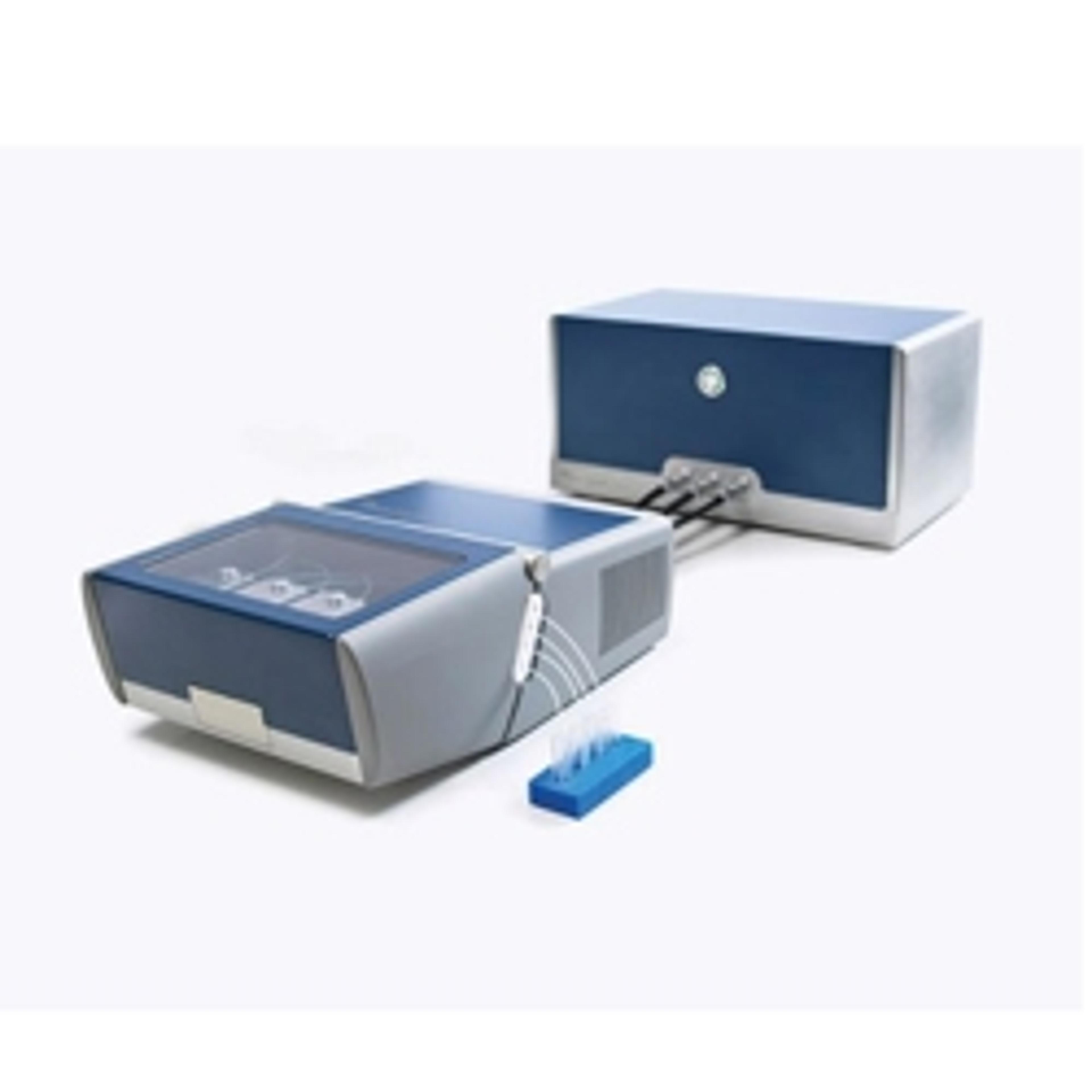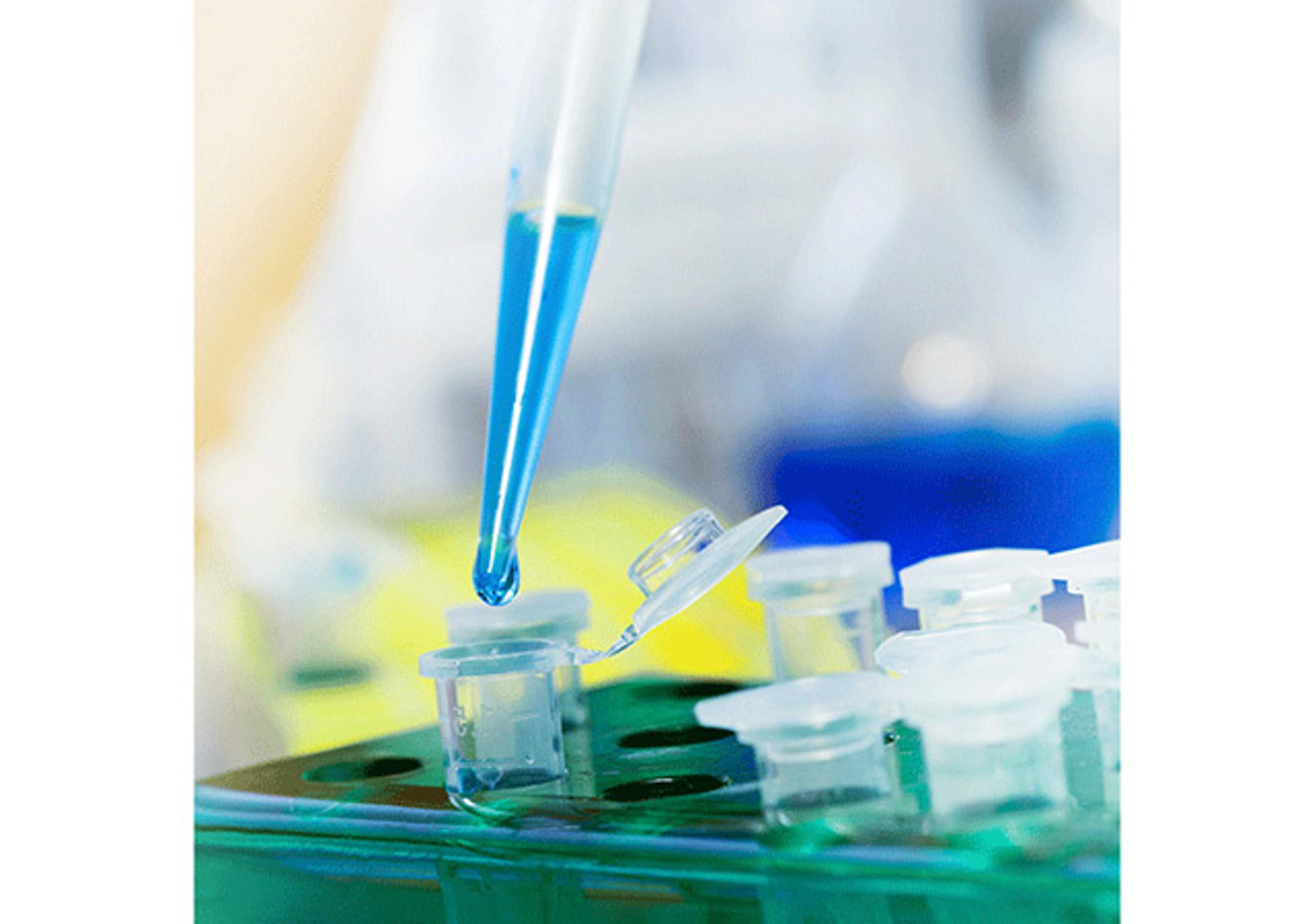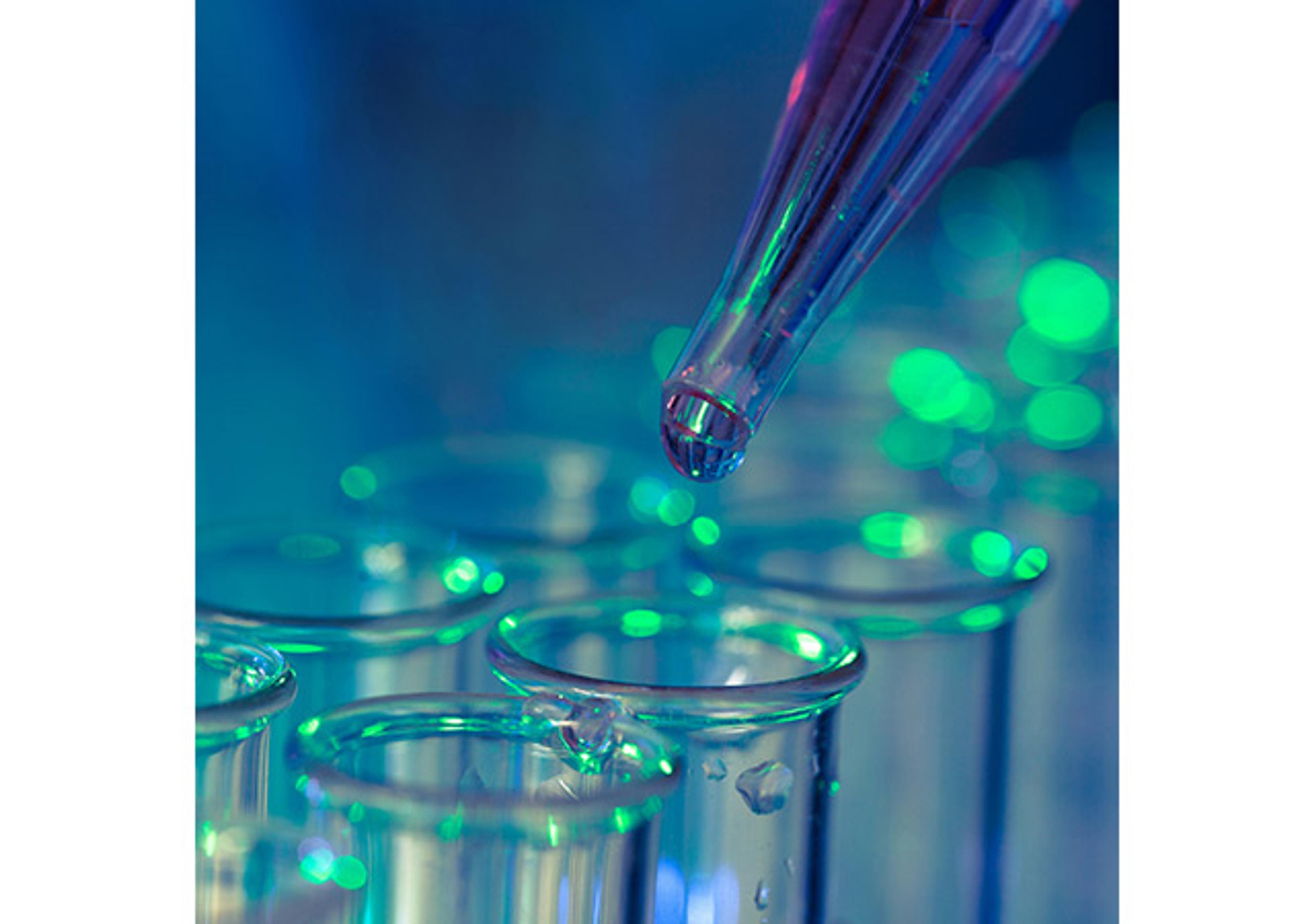QSense Analyzer
Both fast and flexible, QSense Analyzer enables you to compare several samples at the same time.

The supplier does not provide quotations for this product through SelectScience. You can search for similar products in our Product Directory.
Amazing, yet simple instrument.
Real-time detection of biomolecular interactions and biosensor operations / fabrication
Quartz crystal microbalance (QCM) has been used to execute direct quantitative biosensing. In biosensing, QCM is a non-invasive technique that portrays added mass as a function of the change in frequency of a piezoelectric quartz crystal. Previous applications of the QCM in biosensing include cholera detection via biorecognition with antibodies, the detection of influenza via DNA aptamers, and ATP detection via biorecognition with aptamers. The QSense Analyzer uses this technique and is an amazing yet simple instrument to use.
Review Date: 27 Aug 2020 | Biolin Scientific
Interested in high throughput?
The system has four channels for simultaneous measurements making it a fast choice for your QCM-D experiments.
Want to test and compare samples?
Running several samples at the same time lets you evaluate different parameters in one go.
Want to study a broad range of scenarios?
QSense Analyzer supports a temperature range between 15-65 °C and the possibility to use different chemical solvents.
Need the possibility to expand the available experimental contexts?
Add modules to explore more.
This 4-channel system lets you speed up your work in the lab without losing data quality. High throughput is the key feature of QSense Analyzer enabling quantitative study. You can quantify the mass, thickness, viscosity, and shear modulus of the adsorbed film.
QSense Analyzer gives you the possibility to run experiments in special conditions, for example at high temperatures or using harsh chemicals. The removable flow modules let you adjust the experiment after your needs.
Four measurements can be performed in the same experiment run with an equal time sequence. The separate modules, each with its own flow, simplify the comparison of different samples. Evaluate how parameters such as pH, concentrations, and substrates affect your result.

